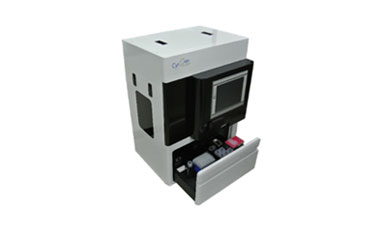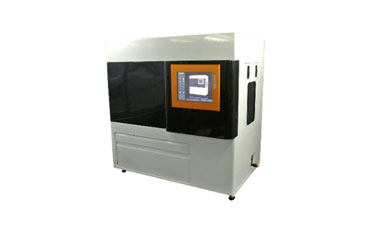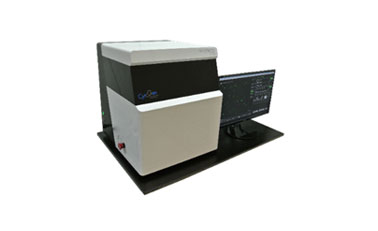CTC Story
Liquid Biopsy
 >
CTC Story
>
Liquid Biopsy
>
CTC Story
>
Liquid Biopsy
CytoGen’s CTC-Liquid Biopsy Platform
CTC-based liquid biopsy is a more effective way to collect the information along with the progression of cancerthan conventional tissue biopsy requiring surgical removal of cancer tissue.

SMART BIOPSY Cell Isolator
CTC Isolator enriches intact and viable CTCs from human blood using HDM (High Density Micro-porous) chip fabricated with the proprietary technology of CytoGen. During CTC isolation, the only external force applied is gravity. Therefore it minimizes damages of CTCs in comparison to other isolation methods, including immune-magnetic interaction or microfluid -ics using a pump.

IF Stainer
Isolated CTCs are automatically stained with CTC specific antibodies. Six different biomarkers can be used for CTC identification, and the staining procedu- res are performed in a controlled temperature and humidity optimal for immuno-fluorescent staining.

Image Analyzer
CTCs are analyzed after collecting and integrating high-resolution images; those images are automa- tically analyzed by an internal program developed with our know-how. Collective data of CTC analysis can be utilized for various fields including companion diagnosis and new drug development process.
Advantages of Liquid Biopsy compared to Tissue Biopsy
- Tissue biopsy
- Direct collection of cells from the patient's cancerous tissue.
-

Surgical risk
-

Representation of
limited cancer lesions -

Time and cost consuming
for hospitalizationafter
the surgery -

Limited availability for
certain type of patients
and tissues
- Cases not possible to do a tissue biopsy
- Only 20% of patients subjected to tissue-biopsy depending on type of cancer and location of lesions.
- Cancer patients underwent the mass removal (stage 1 and 2)
- The elders with high risks for general anesthesia
- Relapsed patients necessary for another tissue biopsy
- CTC based liquid biopsy
- Collecting Circulating Tumor Cells from Patient Body Fluids
-

Easy collection of
body fluids -

Originated from
primary lesions -

Quick and easy
analysis from small
volume of blood -

Applicable to
most patients



